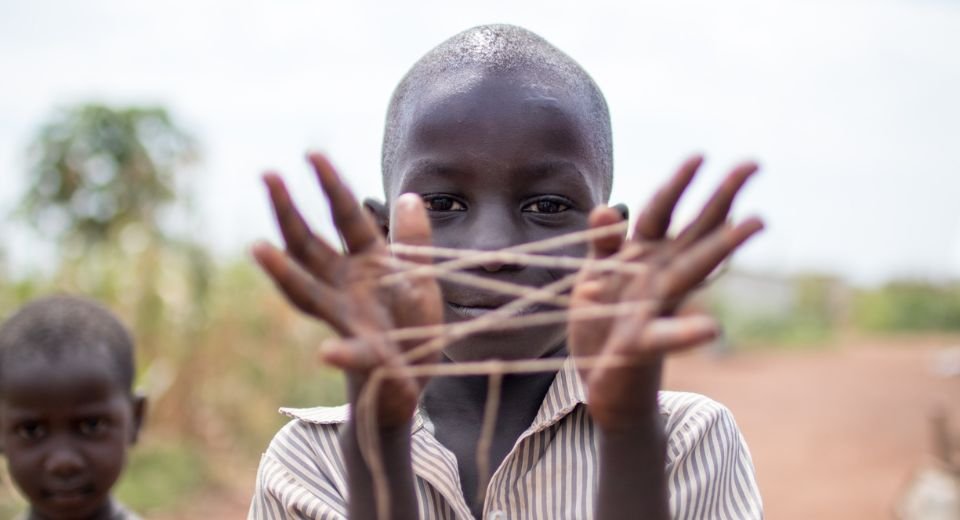Swati Mishra
April 9, 2025: “We will see HIV come back—and people dying the way we saw in the 1990s and 2000s,” warned Winnie Byanyima, Executive Director of UNAIDS, during a press briefing in Geneva on March 24. Her words echoed a looming reality: the global fight against HIV/AIDS is on the brink of catastrophic reversal.
A new study published in The Lancet HIV confirms her fears. According to projections by the Burnet Institute in Australia, if current reductions in global HIV funding persist, up to 10.8 million new infections and 2.9 million deaths could occur by 2030. The largest impacts will be felt in low- and middle-income countries, where life-saving HIV services are already faltering under the weight of disrupted aid flows.
At the heart of the crisis is the severing of support from major donors. The United States, historically the largest funder through the President’s Emergency Plan for AIDS Relief (PEPFAR), has frozen funding and withdrawn from the World Health Organization and USAID-backed initiatives. Other major contributors like the UK, France, Germany, and the Netherlands, are also pulling back.
These actions could result in a 24% drop in international HIV funding by 2026, according to the Lancet study. Already, essential services such as antiretroviral therapy (ART), HIV testing, and prevention programs for high-risk groups—including sex workers, intravenous drug users, and LGBTQ+ populations—are being disrupted.
“If other donors reduce funding further, decades of progress to treat and prevent HIV could be unravelled,” said Debra ten Brink, co-lead author from the Burnet Institute.
Grim data
The study used a mathematical model across 26 countries to simulate the effects of abrupt aid withdrawal. The data is grim: a 1.3- to six-fold increase in new infections among at-risk populations. Sub-Saharan Africa, already the epicenter of the epidemic, could face an unprecedented public health emergency.
Since its launch in 2003, PEPFAR has invested over $100 billion into global HIV programs and is credited with saving more than 25 million lives. Yet, that progress now teeters on collapse.
Strengthening domestic health systems
But there is hope. The study calls for a multipronged approach to building sustainable health systems. Co-author Rowan Martin-Hughes highlighted Vietnam’s success in integrating HIV services into primary healthcare and expanding insurance coverage—raising domestic HIV funding from 32% in 2013 to 52% by 2022.
Other countries could adopt modest HIV-specific tax levies, or re-channel existing insurance mechanisms to ensure continuity of care even if foreign aid declines.
Angela Muvumba Sellström, senior researcher at the Nordic Africa Institute, added a stark warning: “Weak health infrastructures will collapse under the weight of the disease burden if support isn’t restored.” She urged international financial institutions—like the IMF, World Bank, and African Development Bank—to step in with debt relief and health-focused financing solutions.
With 600,000 AIDS-related deaths and 1.3 million new infections in 2023 alone, the clock is ticking. Failure to act could trigger an HIV resurgence that erases decades of hard-earned gains.
Governments, NGOs, and global health institutions must unite to restore HIV funding, strengthen domestic health systems, and prevent another global pandemic-scale crisis. The future of millions depends on action—now.



